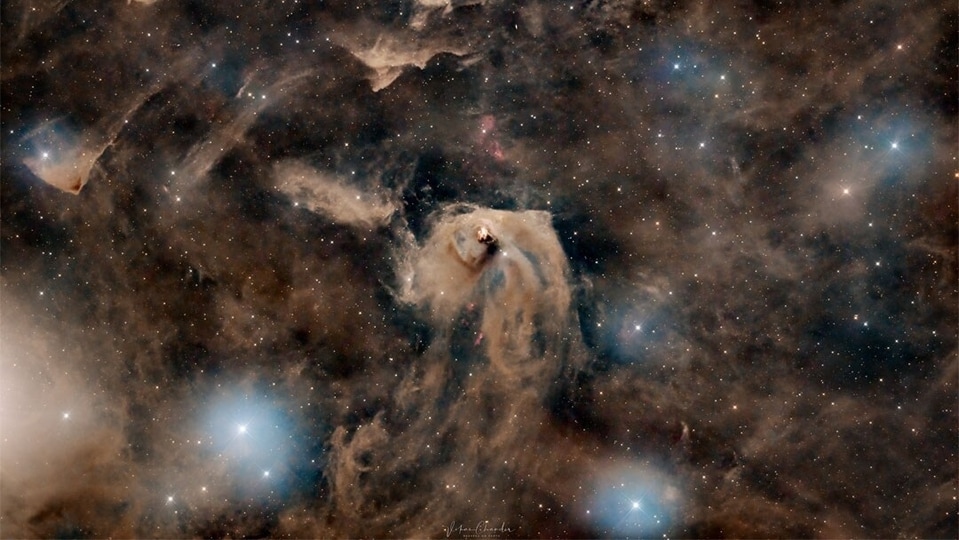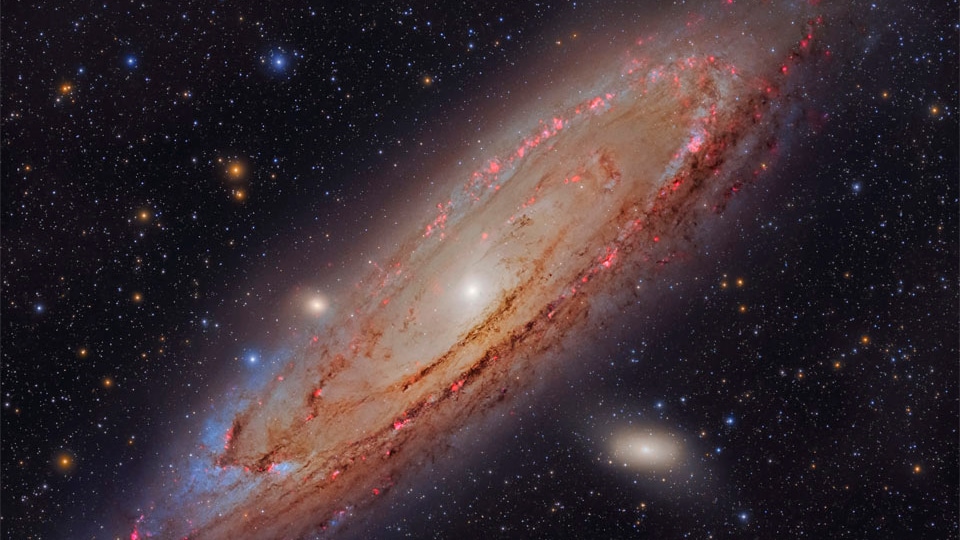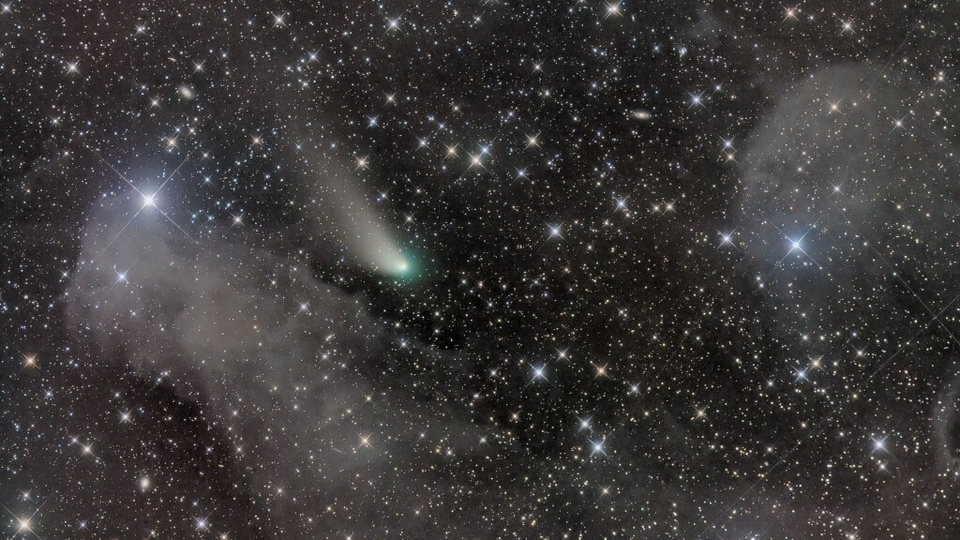Shocking Gamma-Ray Burst shatters record; is brightest in 10000 years; beats Sun, says NASA
An extremely bright gamma-ray burst which was detected last year has now been revealed to be the brightest seen in over 10000 years.






 View all Images
View all ImagesIn October last year, astronomers detected the 'most-powerful ever' gamma-ray burst shockingly close to Earth. According to NASA, a gamma-ray burst (GRB) is a short-lived burst of gamma-ray light, which is the most energetic form of light. Although these bursts are short-lived, they shine a million trillion times as bright as the Sun. The gamma-ray burst observed on October 9 was so powerful that scientists initially thought it came from a source not too distant from Earth, and it lit up gamma-ray detectors on telescopes around the world.
Instead, it was a terrifyingly powerful explosion of gamma-rays from a source further away than they had previously assumed and was renamed GRB221009A. Now, researchers have finally combed through all the data and have revealed that it was the brightest GRB ever and nearly 70 times brighter than any other such eruption ever observed. The GRB has earned the nickname BOAT, ''brightest of all time.''
Brightest GRB ever
According to a NASA blog, Eric Burns, an assistant professor of physics and astronomy at Louisiana State University in Baton Rouge said, ''GRB 221009A was likely the brightest burst at X-ray and gamma-ray energies to occur since human civilization began.''
Burns led a research team which analyzed over 7000 GRBs to establish how frequently events this bright may occur. Most of the GRBs observed were detected by NASA's Fermi Gamma-ray Space Telescope and the Russian Konus instrument on NASA's Wind spacecraft. The research revealed that such a bright event occurs every 10000 years.
Tech which helped in research
According to NASA, the gamma-ray burst was so bright it almost blinded most gamma-ray instruments in space, which means the real intensity of the emission could not be recorded. Instead, U.S. scientists were able to reconstruct this information using the data collected by NASA's Fermi Gamma-ray Space Telescope.
By comparing the results with the Russian team working on Konus data and Chinese teams analyzing observations from the SATech-01 satellite, it was revealed that the burst was 70 times brighter than any yet seen. The findings were presented at the High Energy Astrophysics Division meeting of the American Astronomical Society in Waikoloa, Hawaii.
As per NASA, the signal from GRB 221009A had been traveling for about 1.9 billion years before it reached Earth, making it among the closest known long GRBs, whose initial emission lasted more than two seconds.
Catch all the Latest Tech News, Mobile News, Laptop News, Gaming news, Wearables News , How To News, also keep up with us on Whatsapp channel,Twitter, Facebook, Google News, and Instagram. For our latest videos, subscribe to our YouTube channel.
































